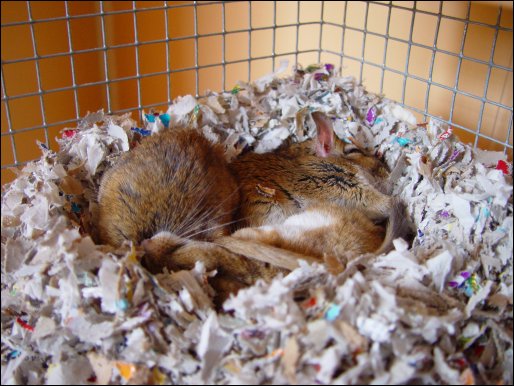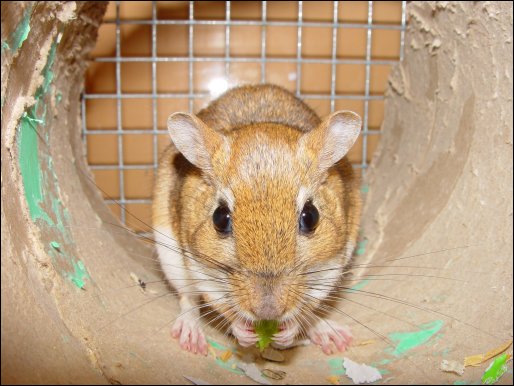
| Movies | Chinchillas | Degus | Persian Jirds | Baby Jirds | Gerbils | Cages | Guinea Pigs | Search |
| eRodent > Persian Jirds > Persian Jird Information |
Persian Jird Information.

What are they?
 In the wild their distribution is Iran, Trancaucasia, Turkey, Iraq, Turkmenistan, Afghanistan and Pakistan. Here is some information on the Persian Desert Basins where they live. They live in large colonies in rocky environments storing large amounts of seed and flowers in their rather basic burrows. The speed and grace of their movement and their love for live food such as meal worms suggests that they hunt small insects in the wild to supplement their diet. In the wild these colonies will self limit their breeding to what the environment can support. This useful in harsh environments because otherwise the colony can all starve because there are too many animals feeding from the food store in winter.
In the wild their distribution is Iran, Trancaucasia, Turkey, Iraq, Turkmenistan, Afghanistan and Pakistan. Here is some information on the Persian Desert Basins where they live. They live in large colonies in rocky environments storing large amounts of seed and flowers in their rather basic burrows. The speed and grace of their movement and their love for live food such as meal worms suggests that they hunt small insects in the wild to supplement their diet. In the wild these colonies will self limit their breeding to what the environment can support. This useful in harsh environments because otherwise the colony can all starve because there are too many animals feeding from the food store in winter.
Feeding
Handling
Housing

Breeding.
Health.
Injuries.
Pyometra.

Obesity.
Growths.
Other Tumours.
Epilepsy/Fits.
The Elderly Persian Jird.
Conclusion.
| Back to Main Page |